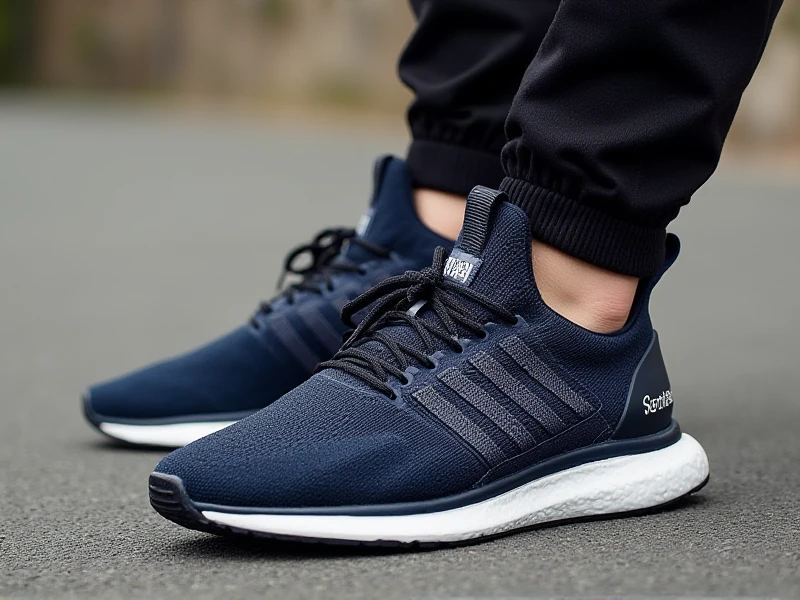
Finding the Perfect Men's Running Shoes: A Complete Buyer's Guide
Here is an SEO-optimized article targeting "men's running shoes":
Hitting the pavement requires more than just motivation – it demands the right gear, starting with your shoes. Choosing the perfect pair of men's running shoes is crucial for performance, comfort, and injury prevention. With so many options available, navigating the key features can feel overwhelming. Let's break down the essentials to help you find your ideal match.
1. Understand Your Foot Type and Gait: This is fundamental. Do you have flat feet (overpronation), high arches (underpronation/supination), or a neutral stride? Visiting a specialty running store for a gait analysis is highly recommended for new runners or those experiencing pain. The right men's running shoes provide stability (for overpronators), motion control (severe overpronation), cushioning (for neutral runners or high arches), or flexibility (for efficient strides).
2. Prioritize the Right Fit: Comfort is non-negotiable. Your running shoes should fit snugly but not tightly in the heel and midfoot, with ample space (about a thumbnail's width) in the toe box. Your feet swell while running, so trying on shoes later in the day is best, wearing the running socks you plan to use. Ensure the shoe bends naturally with your foot motion and doesn't rub uncomfortably anywhere.
3. Match the Shoe to Your Running: Consider your primary running surface and training goals:
- Road Running Shoes: Designed for pavement and treadmills. Focus on cushioning, flexibility, and lightness. Ideal for daily training and distance work.
- Trail Running Shoes: Offer aggressive tread patterns (lugs) for loose terrain, better traction, protective plates (rock plates), and often more durable uppers. Essential for uneven surfaces like trails, mud, or rocky paths.
- Cross-Training/Racing Shoes: Racing flats and spikes prioritize extreme light weight and speed for competition, offering minimal cushioning. Cross-trainers provide versatility for gym workouts and shorter runs.
Key Shoe Components to Compare:
- Cushioning: Midsole materials like EVA, PU, or advanced foams (e.g., Nike React, Adidas Boost, Brooks DNA Loft) absorb impact. Levels range from minimal ("ground feel") to maximum ("pillowy soft") – choose based on distance, body type, and preference.
- Drop: The height difference between the heel and forefoot. A standard drop is often 8-12mm, lower drops (0-6mm) promote a more mid/forefoot strike, requiring adaptation to reduce potential strain on calves and Achilles.
- Durability: Outsoles made from carbon rubber offer longer wear, especially in high-impact areas, compared to lighter blown rubber.
Don't Forget Replacements: Even the best men's running shoes wear out. Replace them every 300-500 miles, or as soon as you notice significant loss in cushioning, compressed midsoles, or abnormal tread wear. Running in worn-out shoes drastically increases injury risk.
Make an Informed Choice: Investing time in selecting the right men's running shoes pays dividends in comfort, performance, and longevity in the sport. Consider your unique biomechanics, running habits, and fit preferences above brand names or trends. When you find a pair that disappears underfoot and supports your stride, those miles become much sweeter. Happy running!